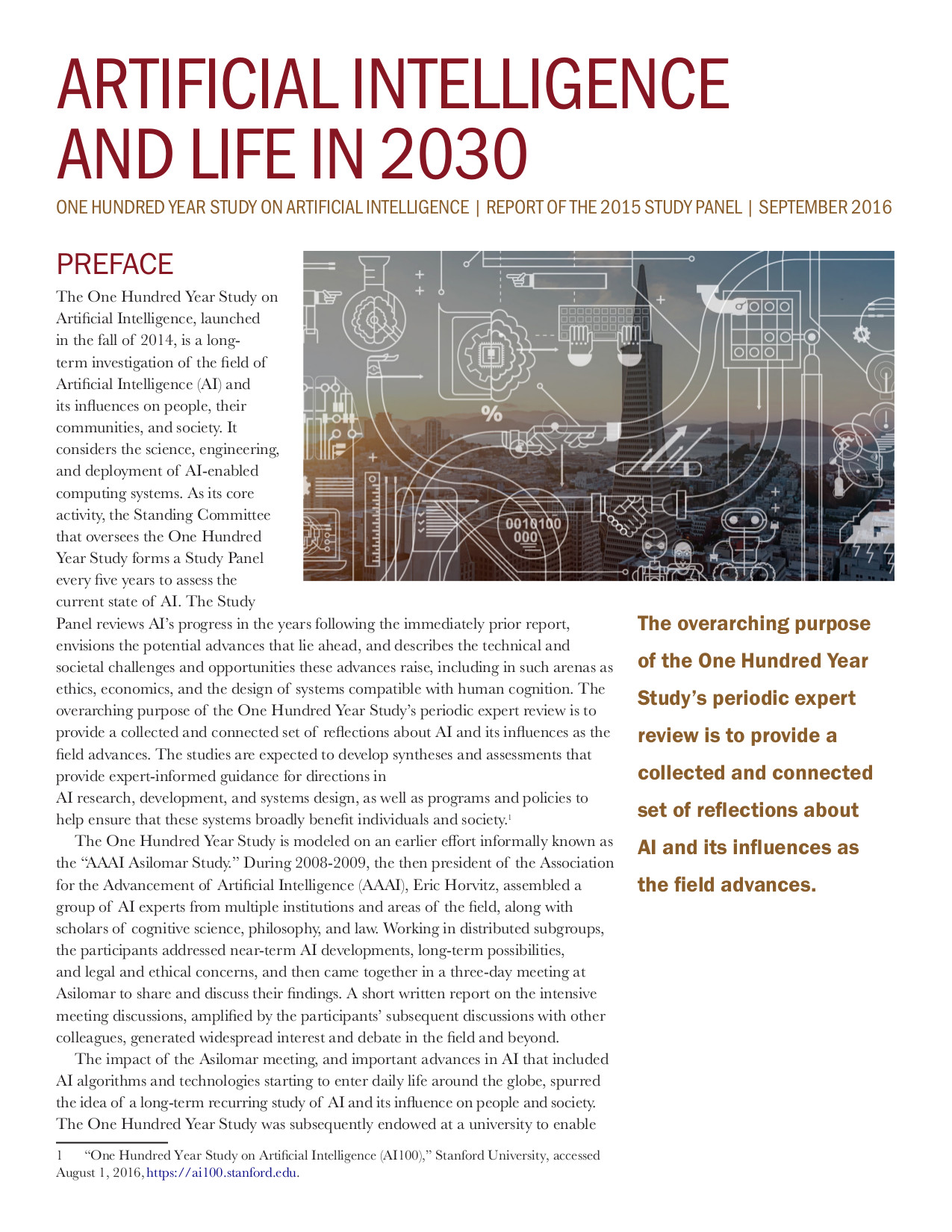Algolit: Data Workers (2019) [English/French]
Filed under book, catalogue, wiki book | Tags: · algorithm, artificial intelligence, data, literature, machine learning, natural language processing, poetry, text

“Companies create artificial intelligence (AI) systems to serve, entertain, record and learn about humans. The work of these machinic entities is usually hidden behind interfaces and patents. In the exhibition, algorithmic storytellers left their invisible underworld to become interlocutors.
The data workers operate in different collectives. Each collective represents a stage in the design process of a machine learning model: there are the Writers, the Cleaners, the Informants, the Readers, the Learners and the Oracles. The boundaries between these collectives are not fixed; they are porous and permeable. At times, Oracles are also Writers. At other times Readers are also Oracles. Robots voice experimental literature, while algorithmic models read data, turn words into numbers, make calculations that define patterns and are able to endlessly process new texts ever after.
The exhibition foregrounded data workers who impact our daily lives, but are either hard to grasp and imagine or removed from the imagination altogether. It connected stories about algorithms in mainstream media to the storytelling that is found in technical manuals and academic papers. Robots were invited to engage in dialogue with human visitors and vice versa. In this way we might understand our respective reasonings, demystify each other’s behaviour, encounter multiple personalities, and value our collective labour.
It was also a tribute to the many machines that Paul Otlet and Henri La Fontaine imagined for their Mundaneum, showing their potential but also their limits.”
Texts: Cristina Cochior, Sarah Garcin, Gijs de Heij, An Mertens, François Zajéga, Louise Dekeuleneer, Florian Van de Weyer, Laetitia Trozzi, Rémi Forte, Guillaume Slizewicz.
Publisher Constant, Brussels, 2019
Free Art License
52 pages
PDF, PDF, HTML (English)
PDF, PDF, HTML (French)
Git
Hito Steyerl: The Language of Broken Glass (2019)
Filed under video | Tags: · artificial intelligence, lecture-performance, machine learning, video
“Can artificial intelligence be taught to recognize the sound of glass breaking? Hito Steyerl presents her new film The City of Broken Windows and addresses the use of AI in security systems.”
Lecture given as part of “Stop Making Sense”, the Opening Days of The New Alphabet program, HKW, Berlin, 12 January 2019.
Publisher Haus der Kulturen der Welt, Berlin, 2019
26 min
via HKW
MP4 (215 MB)
Comment (0)Artificial Intelligence and Life in 2030: One Hundred Year Study on Artificial Intelligence (2016)
Filed under report | Tags: · artificial intelligence, computing, industry, machine learning, society, technology

“The Stanford One Hundred Year Study on Artificial Intelligence, a project that launched in December 2014, is designed to be a century-long periodic assessment of the field of Artificial Intelligence (AI) and its influences on people, their communities, and society. Colloquially referred to as “AI100″, the project issued its first report in September 2016. A Standing Committee works with the Stanford Faculty Director of AI100 in overseeing the project and designing its activities. A little more than two years after the first report appeared, we reflect on the decisions made in shaping it, the process that produced it, its major conclusions, and reactions subsequent to its release.
The inaugural AI100 report, which is titled “Artificial Intelligence and Life in 2030,” examines eight domains of human activity in which AI technologies are already starting to affect urban life. In scope, it encompasses domains with emerging products enabled by AI methods and ones raising concerns about technological impact generated by potential AI – enabled systems. The Study Panel members who authored the report and the AI100 Standing Committee, which is the body that directs the AI100 project, intend for it to act as a catalyst, spurring conversations on how we as a society might shape and share the potentially powerful technologies that AI could enable. In addition to influencing researchers and guiding decisions in industry and governments, the report aims to provide the general public with a scientifically and technologically accurate portrayal of the current state of AI and its potential. It aspires to replace conceptions rooted in science fiction books and movies with a realistic foundation for these deliberations.”
Publisher Stanford University, September 2016
Creative Commons BY-ND 4.0 International License
52 pages
Commentary: Barbara J. Grosz & Peter Stone (Communications of the ACM, 2018).
Comment (0)
